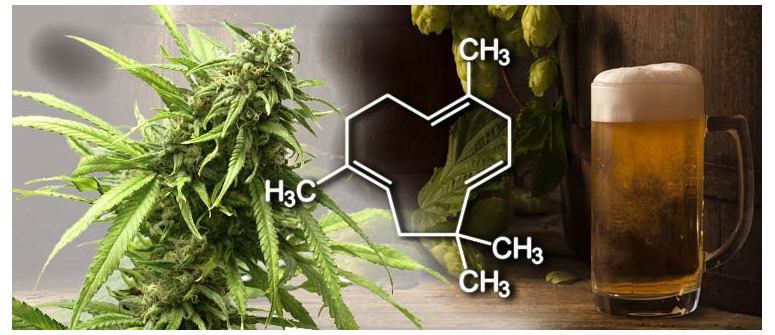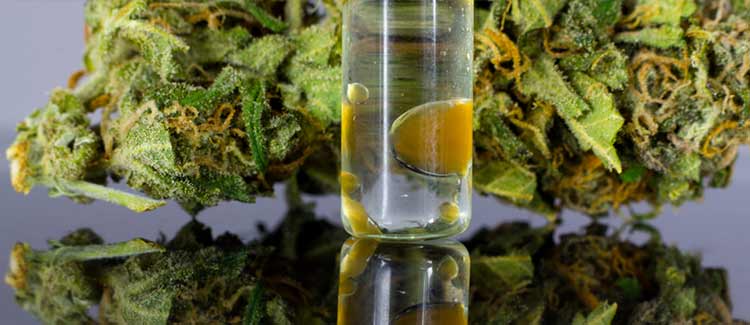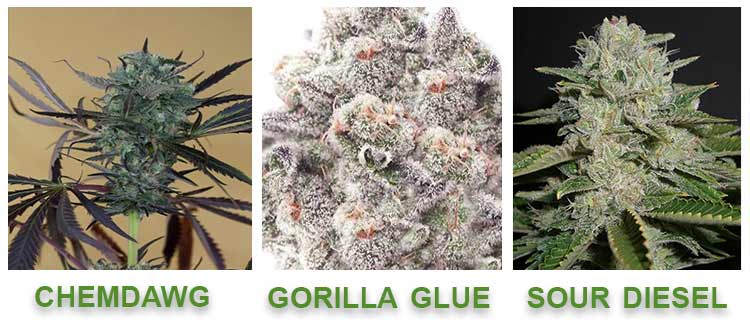Terpene profile: humulene

Humulene is a terpene present within most strain of cannabis, contributing to an earthy scent. The chemical may play an interesting role within the future of cannabis medicine, particularly in regards to inflammation.
The chemicals responsible for the recognizable and pungent scents of cannabis are called terpenes, volatile aromatic compounds found not only in cannabis, but all throughout the plant kingdom. When it comes to cannabis, terpenes are produced in small, mushroom-shaped glands called trichomes, along with cannabinoids.
Breeders and growers pay close attention to the terpene profile of a strain in order to accurately predict the smell and flavor profile of future crops, but also potential therapeutic applications.
The terpene responsible for making some strains smell like wood, earthiness, and spice, is called humulene.
WHAT IS HUMULENE?
Humulene is a terpene that emits a subtle scent of wood, earthiness, and spice. This chemical also occurs naturally within cloves, ginger, sage and basil. It’s also one of the primary terpenes found within hops, and therefore one of the key components to the crafting of beer.
Humulene, along with other terpenes, is a secondary metabolite within plants. It isn’t directly involved in the normal growth, development, or reproduction of the species, but instead aids in protection and competition.
The strong odor produced by terpenes may be highly pleasant to humans, but it acts as a chemical deterrent to pests that would otherwise have an appetite for cannabis plants. It also offers numerous other protective mechanisms such as tolerance to temperature, and antibacterial and antifungal defense.
WHAT ARE THE EFFECTS AND POSSIBLE MEDICAL BENEFITS OF HUMULENE?

Some scientists believe that cannabis strains particularly high in humulene may be of interest to medical users experiencing specific conditions. The terpene has been shown to demonstrate anti-bacterial, anti-inflammatory, and anti-tumor properties.
Perhaps the most significant effect of humulene is its antitumor activity, considering the massive occurrence of cancer in the world today. A scientific paper published in the journal Planta Medica examined the anti-tumor activity of balsam fir oil, a substance extract from a tree that is widespread throughout Canada.[1]
It was found that humulene was the main anti-tumor constituents of the oil. Cited research within the paper states that derivatives of humulene have significant cytotoxic effects against tumor cell lines. Humulene was believed to impart cytotoxic effects due to its ability to induce an increase in reactive oxygen species (ROS). ROS can damage cellular structure, an ideal scenario in cases of cancer. Furthermore, humulene was found to be much less toxic to normal healthy cells than it was against tumor cells.
According to a paper published in the British Journal of Pharmacology, humulene has also been shown to possess potent anti-inflammatory properties that sometimes outperform prescription drugs.[2] This quality is another factor that further solidifies the role of the terpene in the future of medicine, considering that chronic inflammation causes and advances a vast array of common diseases. The paper evaluated the effects of humulene in an experimental model of airways allergic inflammation.
Humulene exhibited marked anti-inflammatory properties when administered both orally and by aerosol. These results led the authors of the paper to conclude that humulene is an attractive molecule in regards to the treatment of asthma and related inflammatory and allergic diseases.
THE SIGNIFICANCE OF TERPENES

As cannabis innovation and science continues to exponentially progress, molecules other than cannabinoids are beginning to receive widespread praise and recognition. The volatile nature of terpenes means that the majority of their content doesn't survive the process of smoking and combustion.
However, the industries of breeding and extracts will inevitably continue to converge, bringing products to the market that feature high levels of specific terpenes in a preserved and protected format.
STRAINS HIGH IN HUMULENE

As mentioned in the beginning of the article, humulene will be mostly found in strains that are a bit woody, spicy and earthy. So if you’re interested in strains with higher concentrations of humulene, consider trying the following:
- Chemdawg: This great strain is a slightly indica-dominant variety that is known for her sky high levels of THC and deeply stoning effects. Her terpene profile is quite broad, resulting in scents and tastes of sour, citrus, pine, and fruits.
- Gorilla Glue: This powerhouse is literally loaded with humulene. She is known to produce immense THC levels of up to 30%, making her an ideal choice when looking to make extremely strong extracts, tinctures, and edibles. Her powerful effects are accompanied by pungent scents of earthiness and citrus.
- Sour Diesel: A sativa-dominant lady with powerful sour and herbal tastes and smells. She induces a focuses, cerebral, and relaxing high along with a potent dose of humulene.
- ^ Thieme, Antitumor activity of balsam fir oil: production of reactive oxygen species induced by α-humulene as possible mechanism of action, retrieved January-09-2019
Link - ^ NCBI, Preventive and therapeutic anti-inflammatory properties of the sesquiterpene α-humulene in experimental airways allergic inflammation, retrieved January-09-2019
Link




